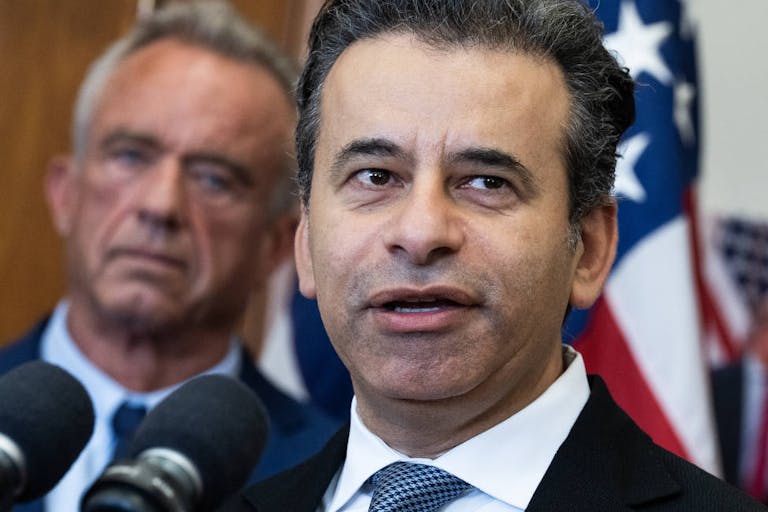
FDA Commissioner accused of intentionally delaying abortion pill safety review
Carole Novielli
·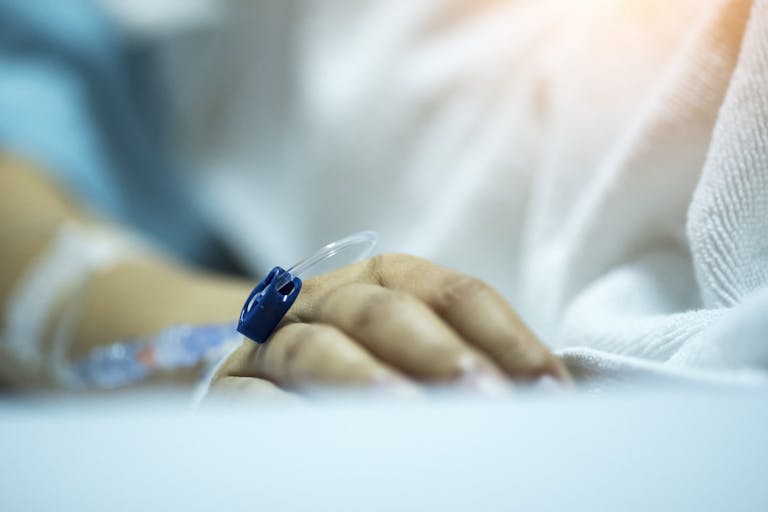
Canadian woman who never got definitive diagnosis or treatment died by assisted suicide
Paula Ritchie was killed at age 52 under Canada’s medical assistance in dying (MAiD) law, despite having no terminal medical condition, after multiple attempts to find a diagnosis and treatment for her symptoms failed.
In Canada, a woman who could not get a definitive diagnosis or treatment for multiple, debilitating symptoms eventually sought ‘medical assistance in dying,’ or MAiD.
Two doctors eventually approved her for MAiD, though she was never diagnosed with a terminal condition.
A psychiatrist who helped to develop a MAiD program in Toronto claims the laws are “kind of vague,” making it “not that hard to meet eligibility criteria.” She opposes MAiD for those who are not terminally ill.
Ritchie, who suffered a head injury in 2023, began to experience persistent, unexplainable symptoms which no one could seem to diagnose with any certainty (some claimed it was a concussion, others pointed to depression and anxiety, and still others said her symptoms were from fibromyalgia, chronic fatigue syndrome, and more), with a CT and MRI showing no “obvious cause.” She experienced intense pain, dizziness, and more — and sometimes, when she sought medical help, she was admitted involuntarily for psychiatric care.
Ritchie had persistently sought approval for doctor-assisted suicide due to the lack of conclusive diagnosis and unsuccessful treatment, but was denied. Under Canada’s law, two physicians must deem a patient eligible for MAiD.
Canada’s law denies eligibility for medical death for those whose sole underlying condition is mental illness — until March 17, 2027. Bill C-7, passed in 2021, modified the original Bill C-14 MAiD law by removing the requirement that a patient’s death be “reasonably foreseeable.” This modification is commonly called Track 2, but it still delays eligibility for patients struggling with mental health.
Dr. Matt Wonnacott, known for his consideration of cases that many doctors have denied, listened to Ritchie’s case. First, he asked if she would “consider seeing a neuropsychiatrist, a specialist who worked at the intersection of chronic pain and brain injury,” reported NYT, adding, “The thing was, she knew that it could take months to get a specialist appointment in Ontario, as in the rest of Canada. And even then, it might not help. Paula had already seen a neurologist, who told her that ‘there is no magic wand'” (emphasis added).
Wonnacott characterized that statement as “pretty callous,” but suggested that “it’s possible, theoretically possible, that months to years of sustained work over many visits could make you marginally better… What if there was a magic wand that would make you mostly better, five years from now? Would you wait the five years?”
Ritchie said no. So Wonnacott concluded she could receive physician-assisted death.
“She had tried to get better, after all. She seemed to be thoughtful about the costs and benefits of dying,” he said, according to a New York Times (NYT) story. He and another doctor, psychiatrist Dr. Elspeth MacEwan, agreed to approve Ritchie for MAiD despite the legal restrictions, with Wonnacott saying he could “probably do next week.”
Ritchie told her doctor she believed MAiD was a “more dignified” way to die, despite her multiple failed suicide attempts, in which she tried to suffocate herself with grocery bags, drown herself in a river, and induce medical overdose.
The scheduled day of Ritchie’s death came. She had called several pastors, asking them to be present at her final moments. Rev. Takouhi Demirdijian-Petro from the United Church of Canada agreed and came to her apartment, where her close friends and family gathered. Valerie Oldfield, a death doula, was also present.
Ritchie described her feelings as “terrified,” but Oldfield told her it was just “human nature.”
Article continues below
Dear Reader,
Have you ever wanted to share the miracle of human development with little ones? Live Action is proud to present the "Baby Olivia" board book, which presents the content of Live Action's "Baby Olivia" fetal development video in a fun, new format. It's perfect for helping little minds understand the complex and beautiful process of human development in the womb.
Receive our brand new Baby Olivia board book when you give a one-time gift of $30 or more (or begin a new monthly gift of $15 or more).
Ritchie had canceled her final breakfast, saying she wasn’t hungry, but she told Wonnacott she was still ready to give her final consent to die.
Wonnacott told Ritchie that after the lethal injection, it would be over in about five to 10 minutes — but claimed that for Ritchie, it would feel as fast as a minute. “It feels like falling asleep for surgery,” Wonnacott told her. “You’re going to get really relaxed, and you’re going to fall asleep.”
At first, when Wonnacott inserted the poison, Ritchie said she felt nothing. Then, she began coughing — deep, gagging, wrenching coughs — sounding as if she would vomit.
“This is horrible,” she muttered. Then she got very still. Her hands went limp.
It is telling that even Dr. Madeline Li, a cancer psychiatrist who helped develop the MAiD program for Toronto’s University Health Network, opposes MAiD for any suffering patient who is not terminally ill.
“If you want to allow people to end their lives when they want to, then put suicide kits in hardware stores, right?” Li told the NYT. “If a patient meets eligibility criteria — and because the laws are kind of vague, it’s actually not that hard to meet eligibility criteria — then you can provide the MAID. But that doesn’t mean that, clinically, you should provide the MAID.”
“Euthanasia is awful ‘medicine’ and even worse public policy,” Wesley Smith wrote in a National Review piece. “It exposes the most vulnerable among us to abandonment and death. It pretends to be kind. It claims to be compassionate. But in the end, it justifies the most callous cruelty.”
In 2023, 15,343 Canadians died under MAiD: 14,721 patients died under Track 1 and 622 died from Track 2, according to the New York Times. One in every 20 Canadians who die take their lives through physician-assisted suicide, making Canada the top provider of medical death in the world, NYT reports.
Unfortunately, in Ritchie’s case (as in numerous others), the lack of a diagnosis and treatment led to Ritchie’s desperate belief that death was her only solution.
Although portrayed as compassionate, medically assisted suicide is one of the most inhumane, twisted, heartless legal practices. Unfortunately, legality does not always correlate to morality. Modern culture has legalized pre-emptive death for those most vulnerable: the preborn and the suffering.
Live Action News is pro-life news and commentary from a pro-life perspective.
Contact editor@liveaction.org for questions, corrections, or if you are seeking permission to reprint any Live Action News content.
Guest Articles: To submit a guest article to Live Action News, email editor@liveaction.org with an attached Word document of 800-1000 words. Please also attach any photos relevant to your submission if applicable. If your submission is accepted for publication, you will be notified within three weeks. Guest articles are not compensated (see our Open License Agreement). Thank you for your interest in Live Action News!

Carole Novielli
·
Issues
Sheena Rodriguez
·
Human Interest
Nancy Flanders
·
Issues
Bridget Sielicki
·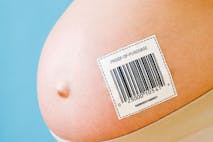
International
Angeline Tan
·
Issues
Cassy Cooke
·
Human Interest
Michaela Estruth
·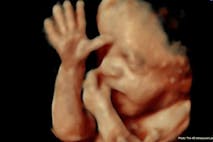
International
Michaela Estruth
·
Issues
Michaela Estruth
·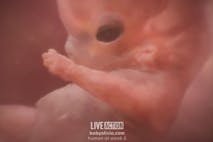
Politics
Michaela Estruth
·
Issues
Michaela Estruth
·